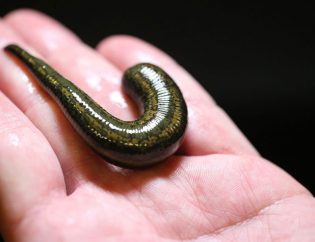What are the differences between medicinal leeches and other types of leeches?
Medicinal leeches, also known as Hirudo medicinalis, are a species of leech that are specifically bred for medical purposes, whereas other types of leeches may have different functions and characteristics. Here are some of the main differences between medicinal leeches and other types of leeches:
- Size: Medicinal leeches are typically smaller than other species of leeches, with an average length of 2-15 cm. Other species of leeches can grow much larger, up to 30 cm in length.
- Habitat: Medicinal leeches are usually found in freshwater habitats, such as ponds, swamps, and streams, while other species of leeches can also be found in marine environments or on land.
- Appearance: Medicinal leeches have a distinctive appearance, with a flattened body, a sucker at each end, and a pattern of stripes or spots on their dorsal surface. Other species of leeches may have different shapes, colors, and patterns.
- Feeding habits: Medicinal leeches feed exclusively on blood, and are used in medical treatments to drain excess blood from wounds and promote healing. Other species of leeches may have different feeding habits, such as feeding on other animals or scavenging on decaying matter.
- Breeding: Medicinal leeches are bred in captivity for medical purposes, while other species of leeches may breed in the wild or be bred for other purposes, such as for use as fishing bait or for ecological research.
In summary, medicinal leeches are a specific species of leech that have been selectively bred for their medical applications, while other species of leeches may have different functions and characteristics depending on their habitat, appearance, feeding habits, and breeding patterns.




